The contexts of biotechnology and pharmaceutical sciences has opened up new possibilities for enhancing human health and wellbeing. By integrating biological advances with pharmaceutical expertise, we can develop more targeted, personalized, and effective therapies. This textbook seeks to equip students with the knowledge to participate in this integration.
We begin by laying the foundations of biotechnology. The introductory chapters provide an overview of the key techniques driving biotechnological innovation, including genetic engineering, recombinant DNA technology, industrial enzymes, biosensors, and protein engineering. Vital applications in pharmaceutical research, drug development, and therapy production are highlighted.
The text then explores the power of the immune system and how it can be utilized for biopharmaceutical advances. Students learn about immune system components, responses, vaccines, antibodies, and immune technologies. This sets the stage for chapters covering advanced biotechnology techniques used in pharmaceutical laboratories like blotting methods, microbial manipulation, mutations, and biotransformation.
Finally, the textbook delves into biopharmaceutical manufacturing, providing insights into fermentation, purification, quality control, and end product formulation. The diverse pharmaceutical products covered range from antibiotics to blood products. Case studies on commercial therapeutics illustrate the translation from basic research to final optimized production.
Overall, the textbook aims to integrate theory with technique, fundamentals with applications, and basic research with therapeutic product development. It provides a holistic learning experience spanning the bench to bedside pipeline. Modern examples, illustrations, practice problems, and concise chapter summaries reinforce key concepts and applied skills.
After many years of teaching students of pharmaceutical sciences, I found there is no textbook meant solely only for these students. These students struggle to read textbooks meant for pharmacy students and end up in getting poor results in examination. I also observed that students of pharmaceutical sciences find it difficult to understand, remember and answer the questions during examinations, in a satisfying way. This encouraged me to write a book to fill the niche, to provide basic information to students of pharmaceutical sciences in a nutshell.
The text provides all the basic information, the student will ever need to know. Most students are fundamentally “visually oriented.” As the saying “one picture is worth a thousand words”, it encouraged me to provide many illustrations. It is hoped this textbook equips students with interdisciplinary training at the intersection of biotechnology and pharmaceutical sciences, empowering the next generation of innovators. Their creativity and expertise will shape future advancements enhancing human health through biopharmaceutical breakthroughs.

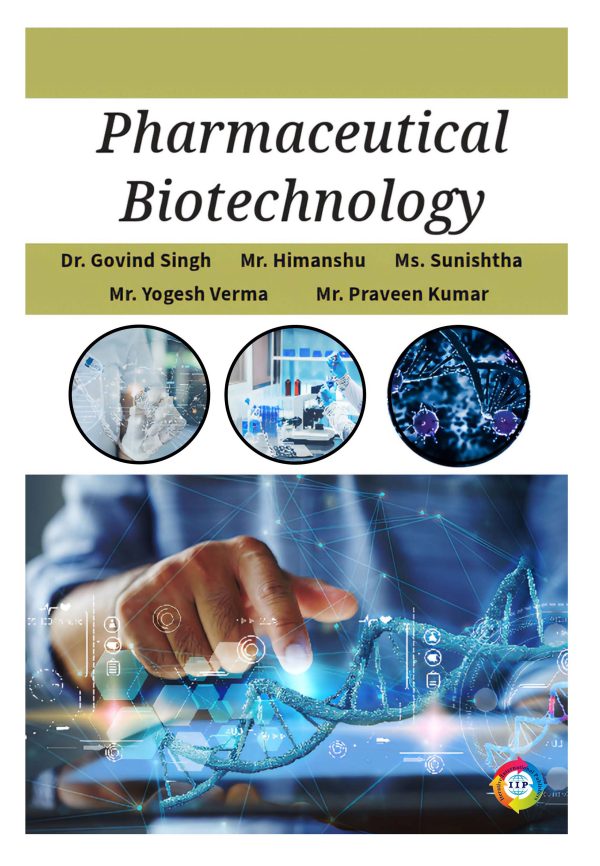
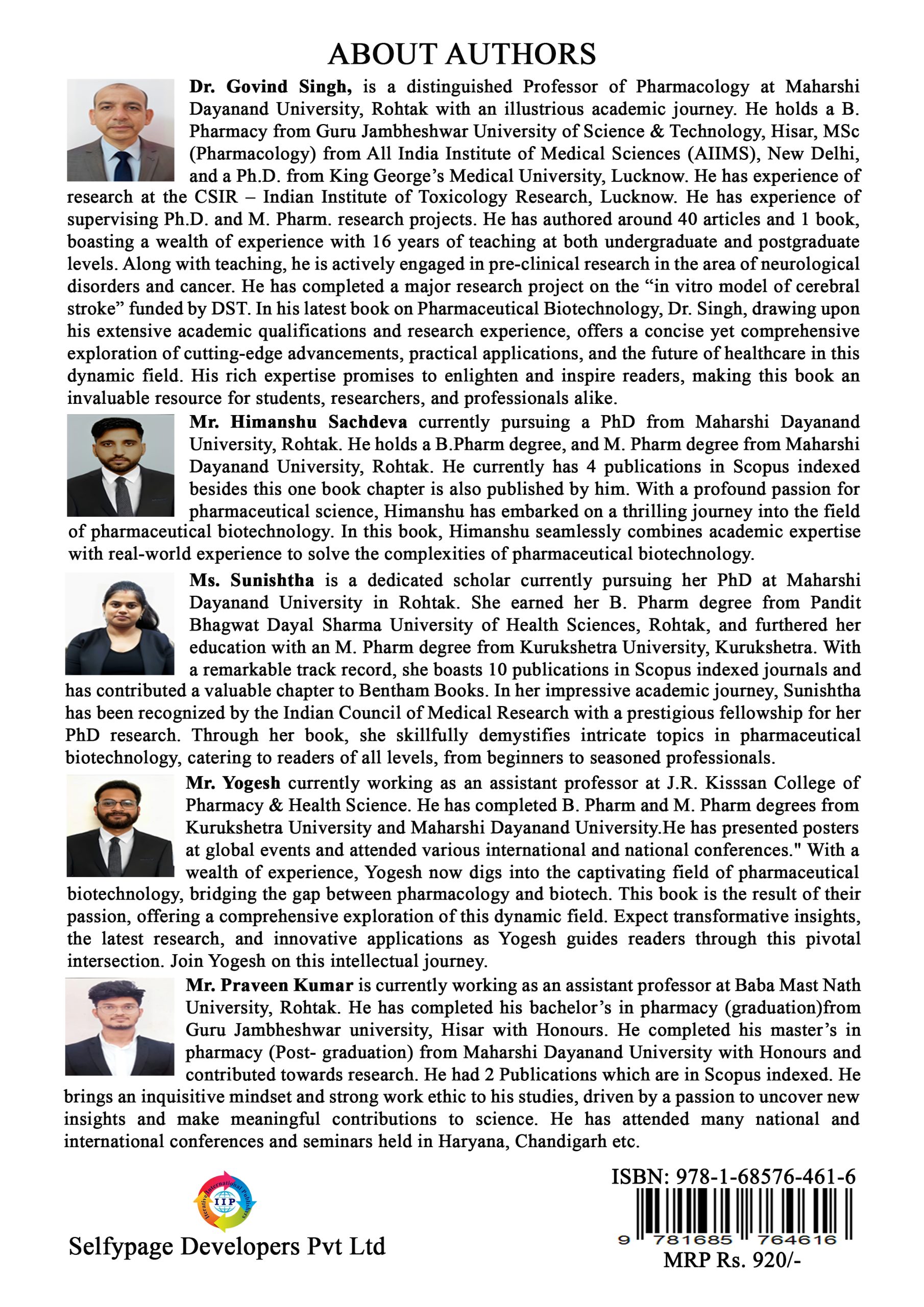
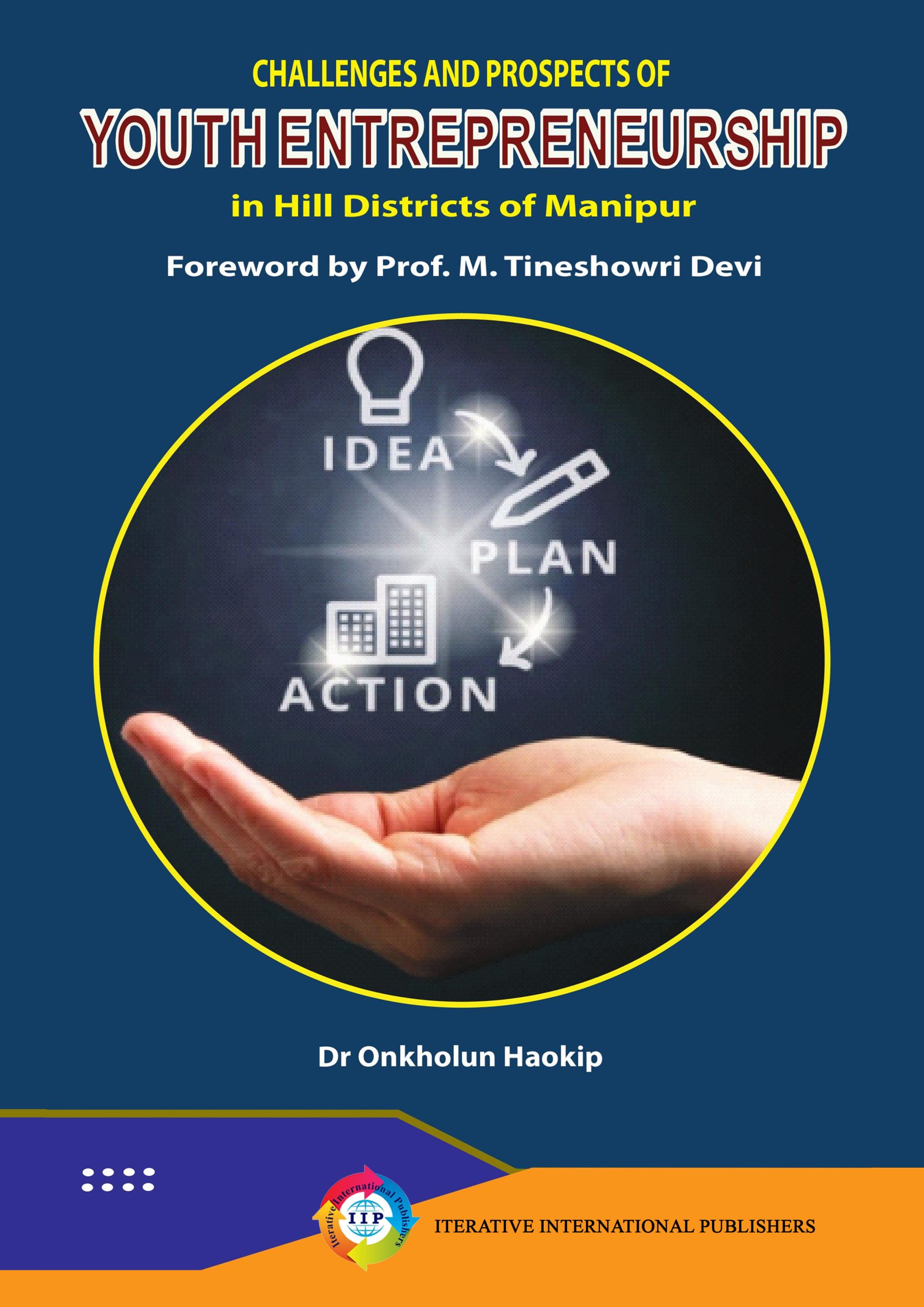
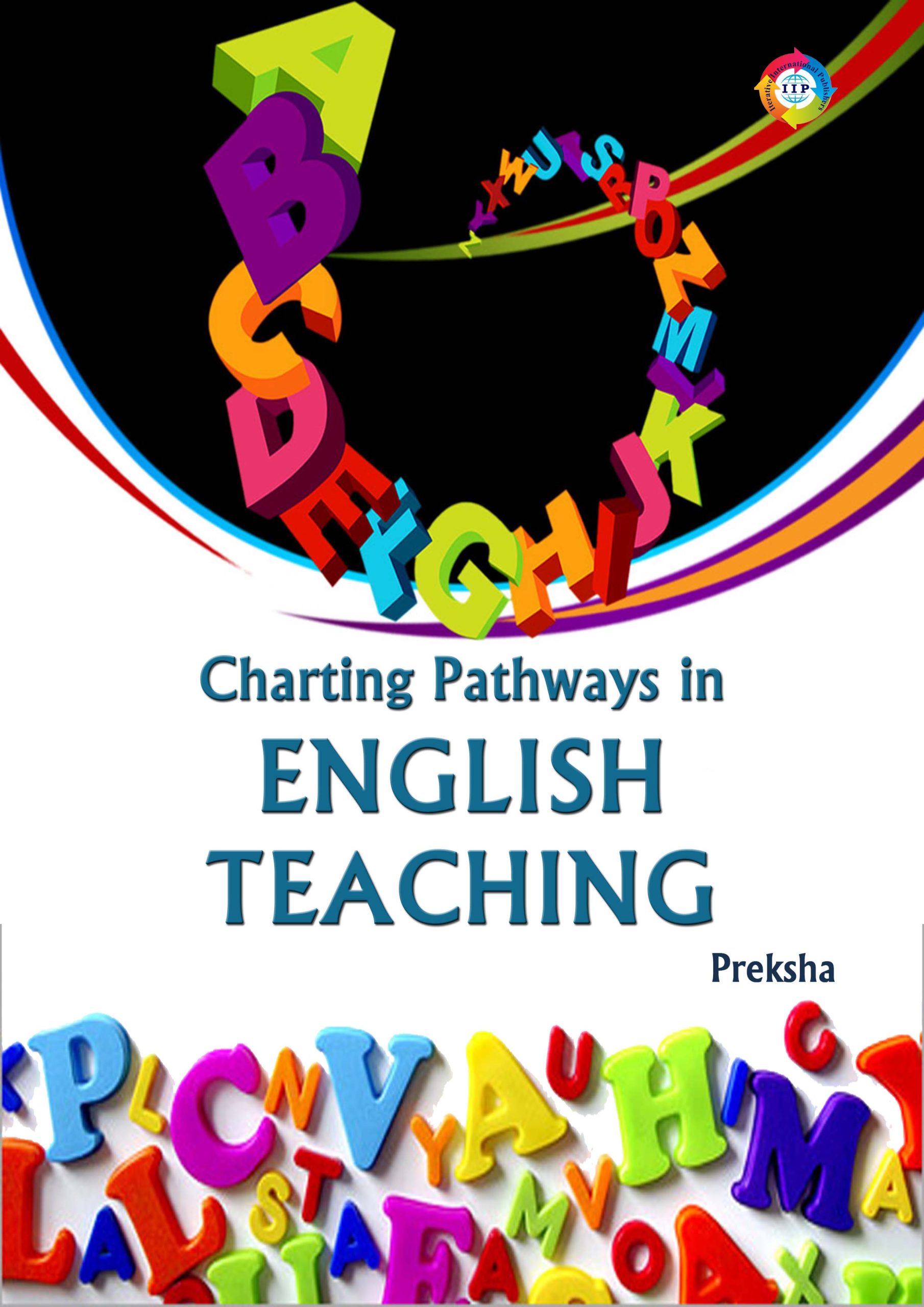
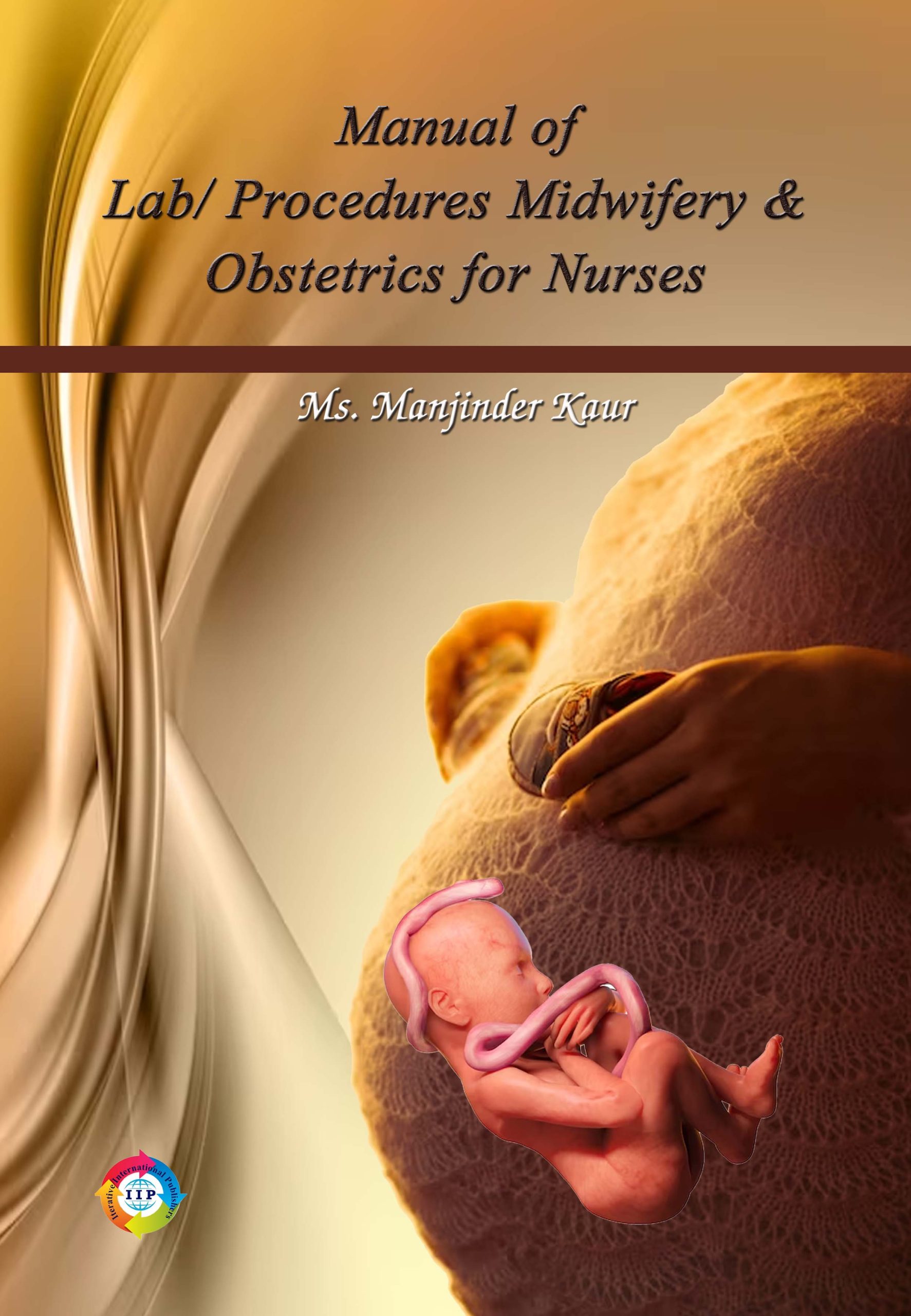

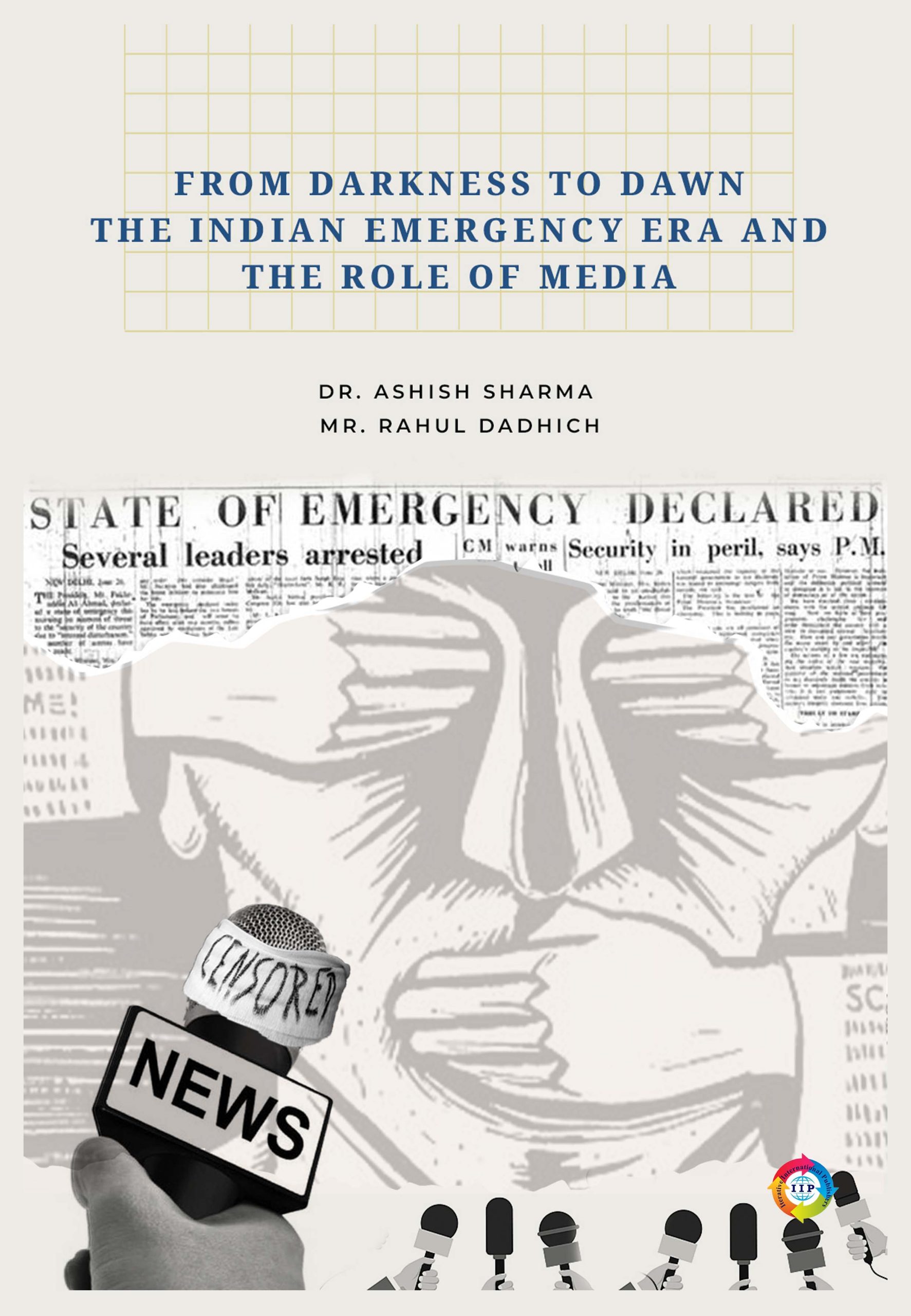

Reviews
There are no reviews yet.